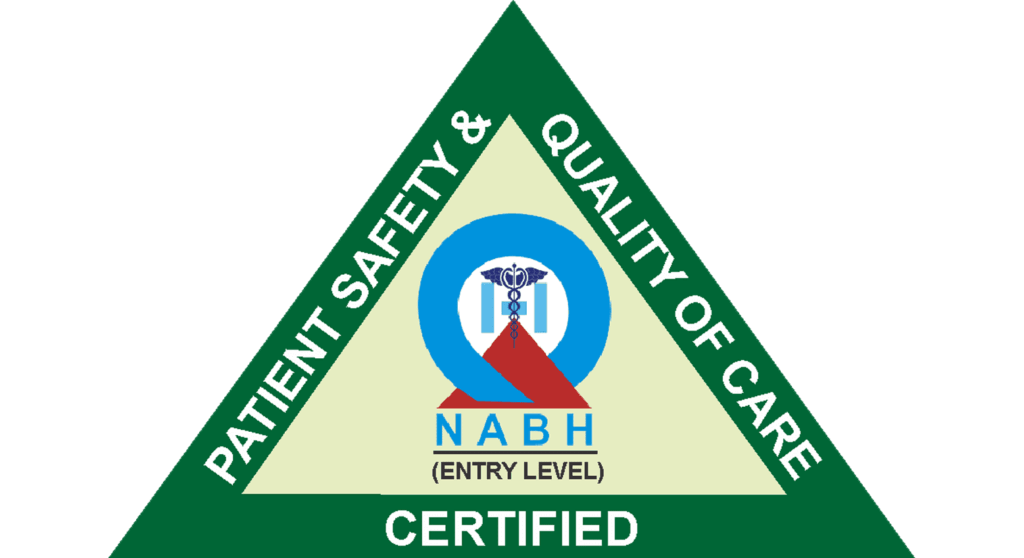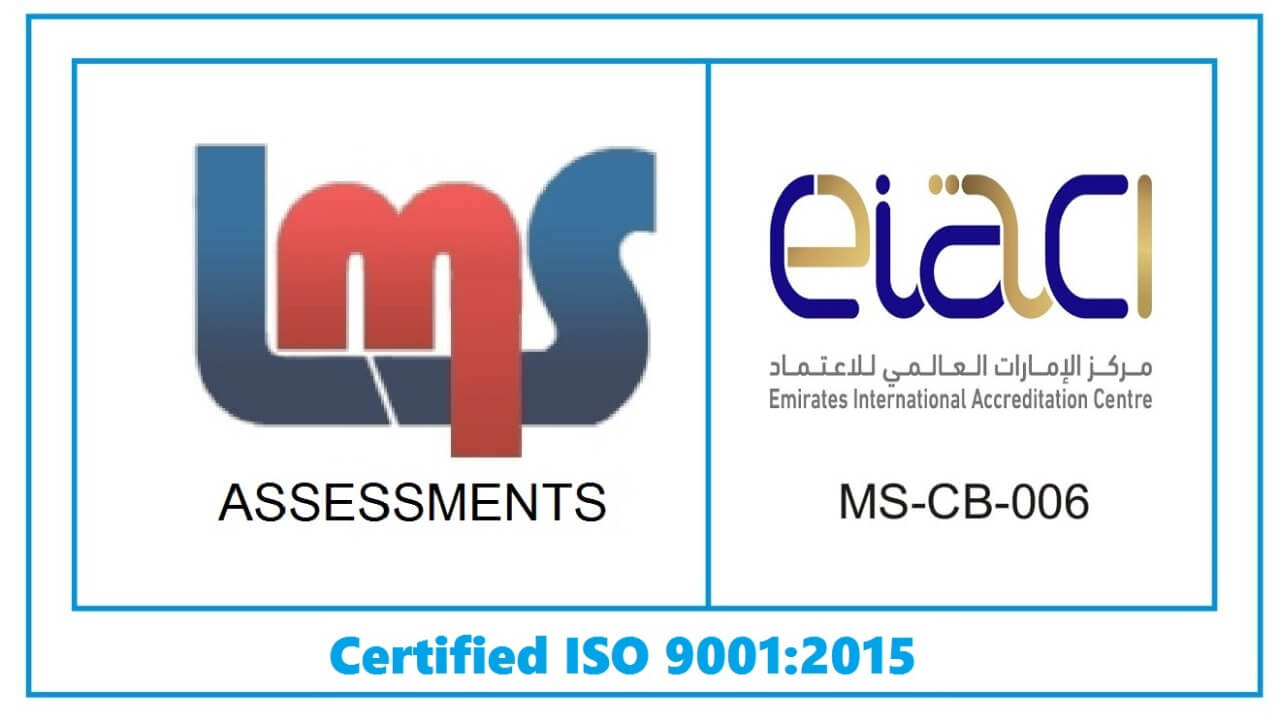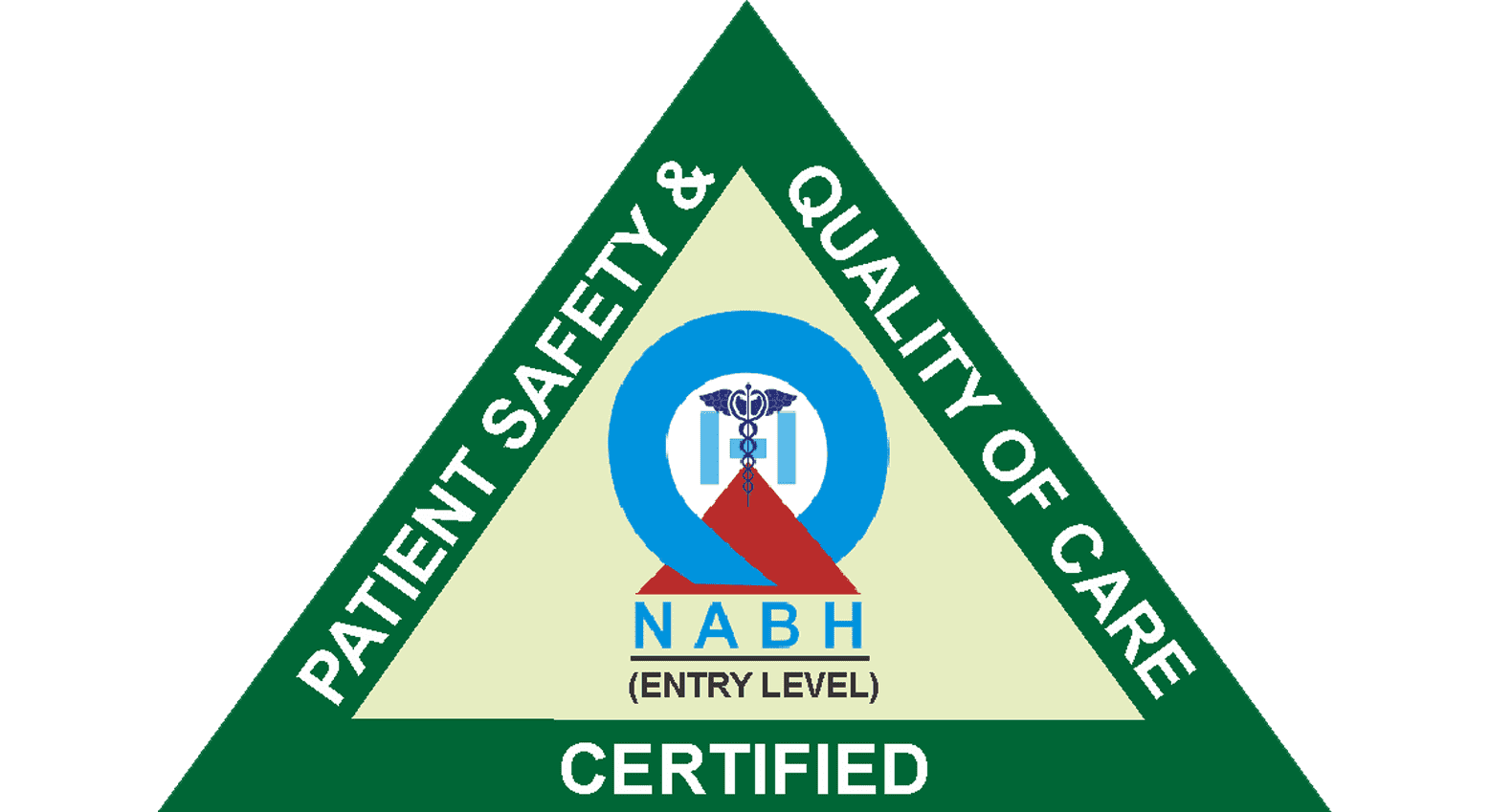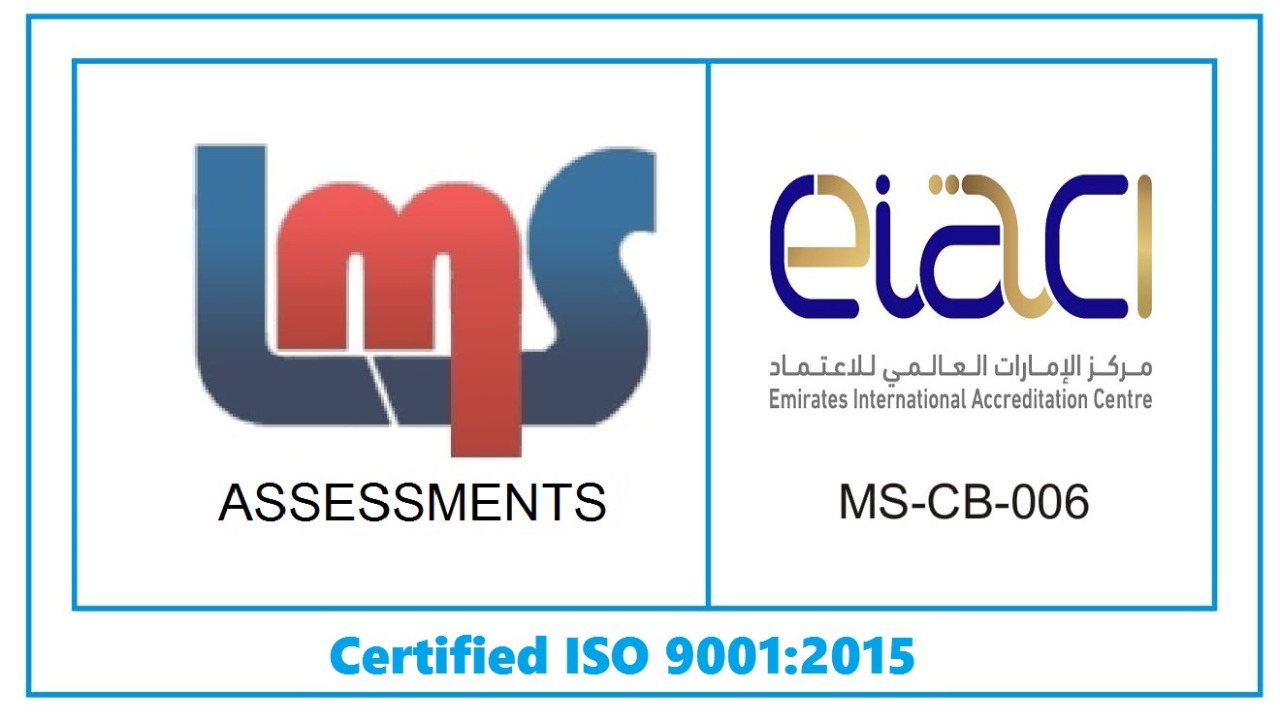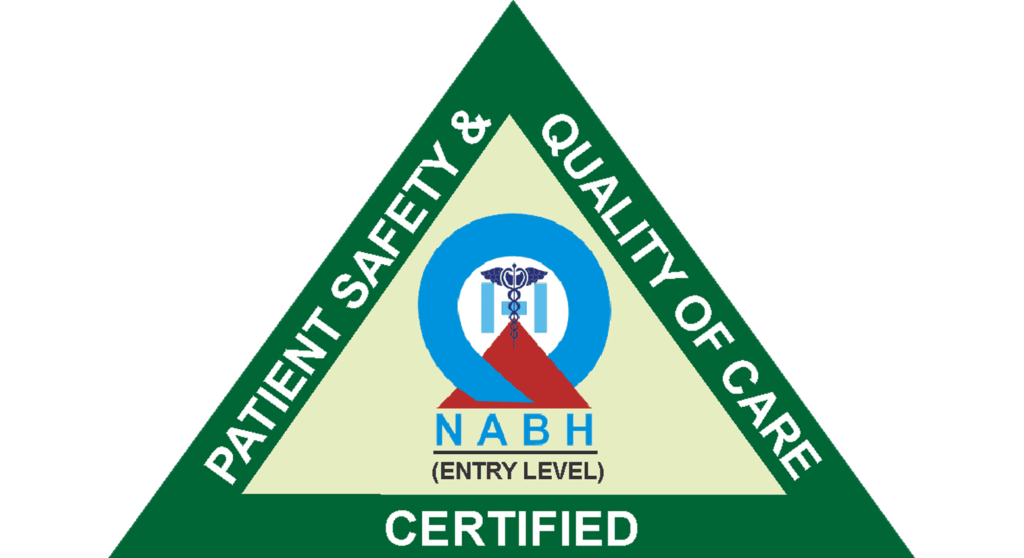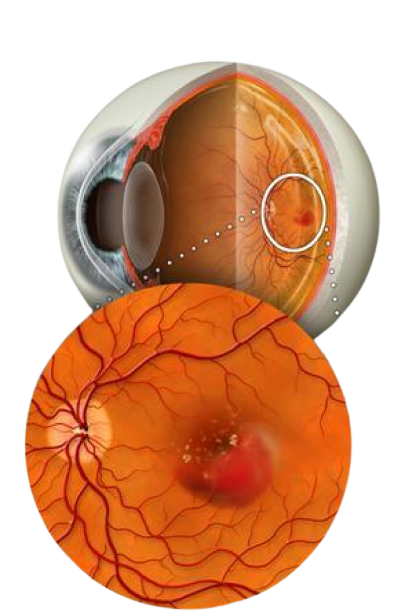Age-related Macular degeneration (AMD)
What is Age-Related Macular Degeneration?
The number of AMD cases in India, especially in Mumbai has increased affecting the macula located near the retina. The extracellular is accumulated in the outer retina resulting in decorating the ten thin distinct layers within it. However, it can be cured and 100% treated through surgery.
Age, genetics, smoking, and food are some of the risk factors for AMD. Furthermore, cutting-edge techniques, such as retinal hole laser treatment, are having a major effect on macular health.
Risk Factors
What are the causes of age-related macular degeneration that contribute to the development of AMD? These include:
- Age: The most significant risk factor is age, with AMD becoming more common as individuals grow older.
- Genetics: If you have a family history of AMD, then the risk of having AMD from hereditary causes increases.
- Smoking: Smoking and drinking can also increase the risk of having AMD.
- Diet: A diet rich in antioxidants and specific nutrients may reduce the risk.
Types of AMD – Dry AMD & Wet AMD
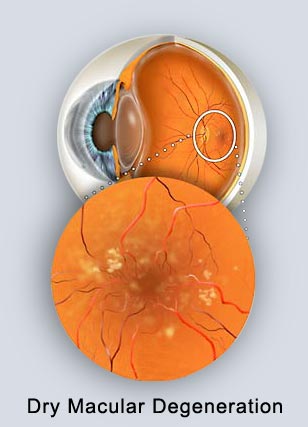
Dry AMD (Non-Neovascular AMD):
The most common type of AMD is dry AMD, and it accounts for around 80–90% of all AMD cases. The slow deterioration and thinning of the macular tissue, especially of the retinal pigment epithelium (RPE), characterises dry AMD. Waste products and debris collect in the macula when RPE cells degenerate, generating tiny yellowish deposits known as drusen. These drusen may cause the central vision to be impaired.
Dry AMD Treatment Symptoms:
Dry AMD typically progresses slowly and may not produce noticeable symptoms in the early stages. If one of your eyes is affected and the other is perfectly fine, you may not notice many symptoms in this condition. But as it advances, individuals may experience problems like central vision loss, difficulty reading, and straight lines appearing wavy or distorted.
– Progression: Dry AMD can progress from mild to advanced stages, called geographic atrophy. In these advanced phases, there is a severe loss of RPE and photoreceptor cells, resulting in profound central visual impairment.
Dry AMD Treatment : There is presently no cure for dry AMD; however, some research suggests that some nutritional supplements, such as the AREDS (Age-Related Eye Disease Study) formulation, may halt its progression and thus prevent further damage. Dry AMD can be managed with regular monitoring and lifestyle adjustments such as a balanced diet and quitting smoking.
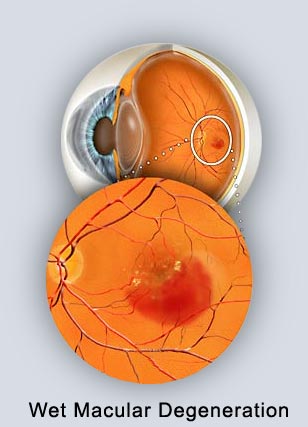
Wet AMD (Neovascular AMD):
Wet AMD is less prevalent but more severe, and it accounts for 10-20% of AMD cases. However, we can say that the majority of the cases of severe vision loss are due to wet AMD. It is distinguished by the development of aberrant blood vessels beneath the retina, known as choroidal neovascularisation. These blood veins can leak blood and fluid into the macula, causing rapid and severe vision loss.
Symptoms: Wet AMD is often more severe and sudden than dry AMD. Distorted or wavy central vision, the appearance of a dark area in the centre of one’s field of vision, and trouble reading or recognising faces are some of the common symptoms.
Progression: If wet AMD is not treated properly and on time, it can cause serious and permanent damage to the macula, resulting in severe central vision loss. It can also spread quickly if left untreated.
Wet AMD Treatment: Anti-VEGF (vascular endothelial growth factor) injections are the most common treatment for wet AMD. These drugs, are injected into the eye and can help to limit the formation of unusual blood vessels and also minimise fluid leakage. Another therapeutic option is photodynamic therapy (PDT), which uses laser light and a light-sensitive medication to remove aberrant blood vessels. Retinal
It is important to note that in many cases, dry AMD can proceed to wet AMD, and thus regular eye checkups are really necessary for monitoring your eye health, especially as you get older.
Frequently Asked Questions
Blurred or distorted central vision, difficulty in identifying faces, straight lines that appear wavy, reduced color perception, and dark or empty spots in the central vision are the first signs of macular degeneration.
You may experience vision and psychological changes after the diagnosis of macular degeneration, your coping with it may depend on its type. The most common type, dry AMD, progresses slowly with symptoms such as central vision loss. A wet AMD, less common but more serious, may lead to sudden and severe vision loss. Advanced techniques, such as retinal hole laser therapy, can have a significant influence on the management of eye diseases and offer an opportunity for maintaining good vision and overall health.
A diet rich in nutrients such as omega-3 fatty acids, antioxidants A, C, and E, zinc, and lutein helps maintain retinal health. Include foods like leafy greens, fish, nuts, and colorful fruits and vegetables for their eye-protective properties. For the purpose of personalized dietary advice, it is advisable to consult a healthcare professional.

